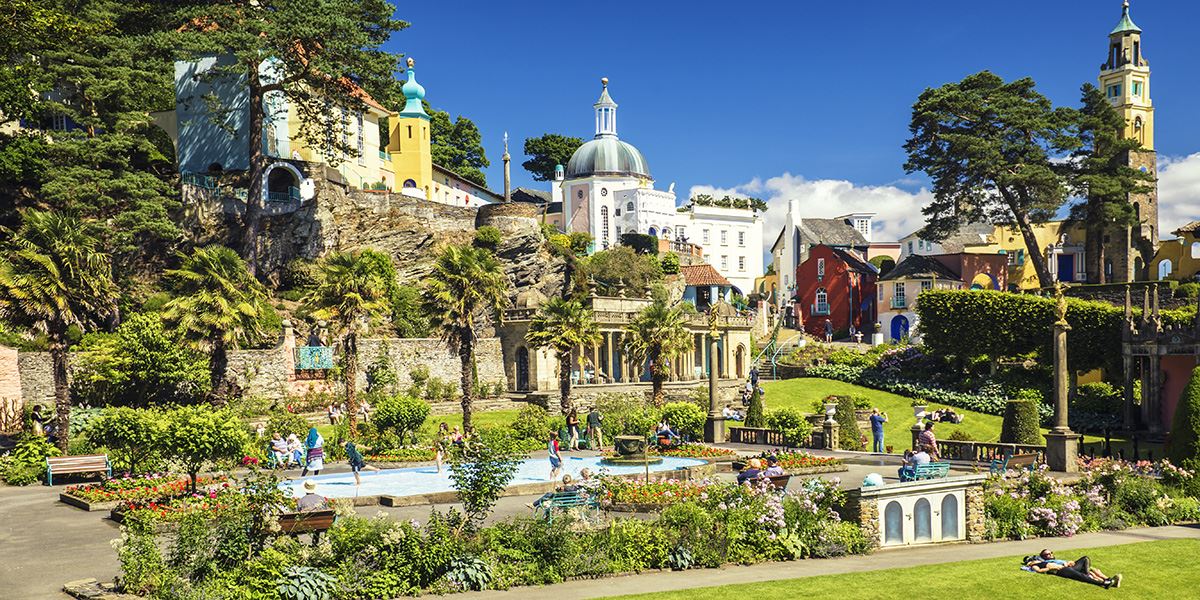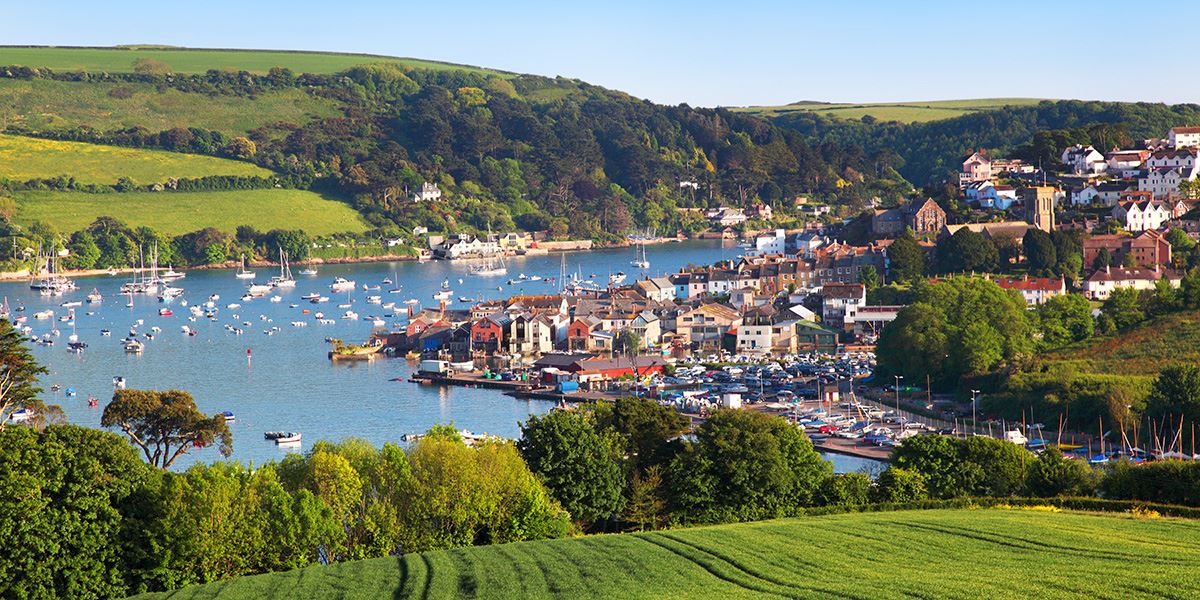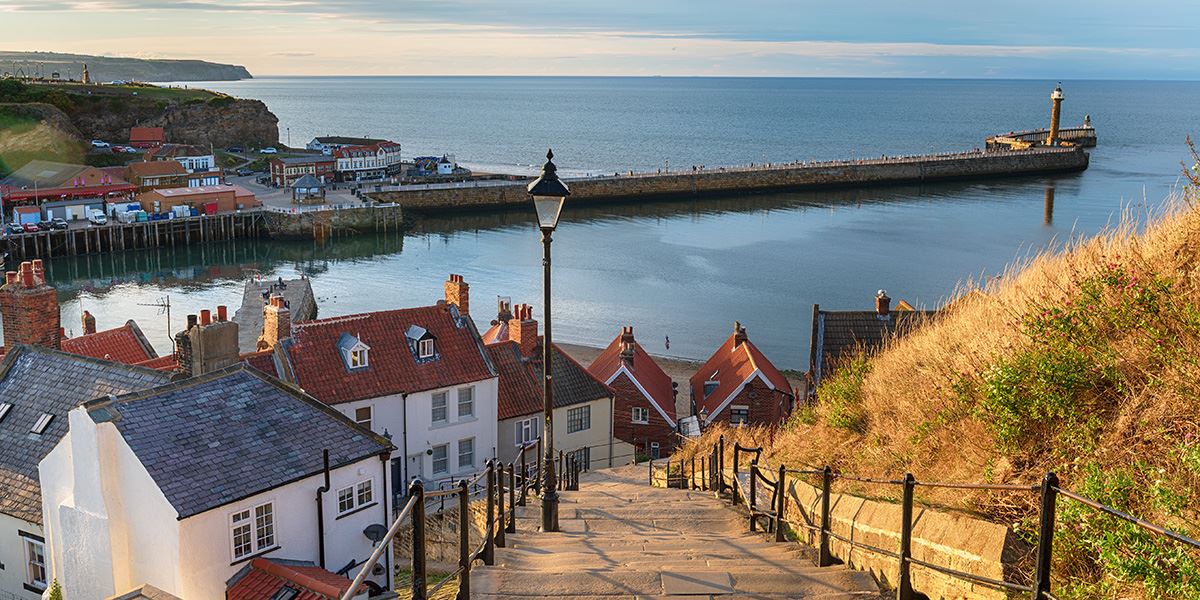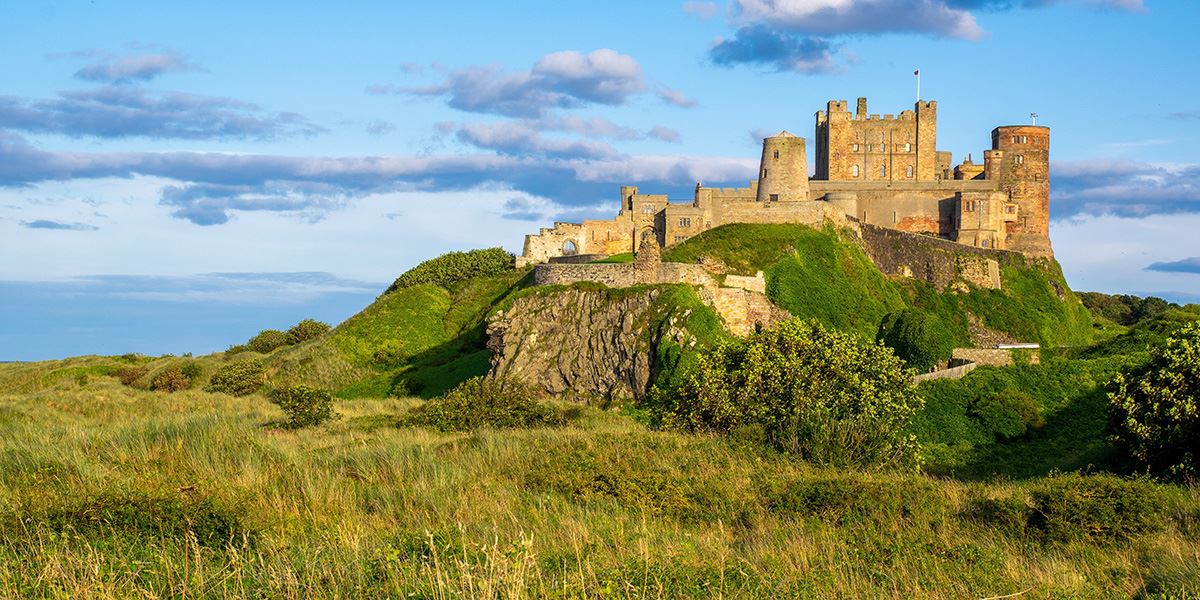From pretty chocolate-box villages to colourful coastal communities, the UK and Ireland is criss-crossed with so many breathtakingly beautiful retreats for a short break or day trip – you just need to know where to find them.

Explore Ambleside’s narrow lanes and ginnels with their stone and slate-built houses
Ambleside, the Lake District
Ambleside, a bustling and vibrant town, is one of the most popular destinations in the Lake District. It lies next to the northern shore of Lake Windermere, and the town’s rural setting with narrow lanes and ginnels, surrounded by mountains on three sides and the lake to the south, make it seem compact and picturesque. Stone and slate-built houses, including 38 listed buildings dating as far back as the 17th century, are of architectural interest and speak of the rich heritage of local quarrying. The Bridge House is apparently the most photographed building in the whole Lake District.
Read more about the Lake District
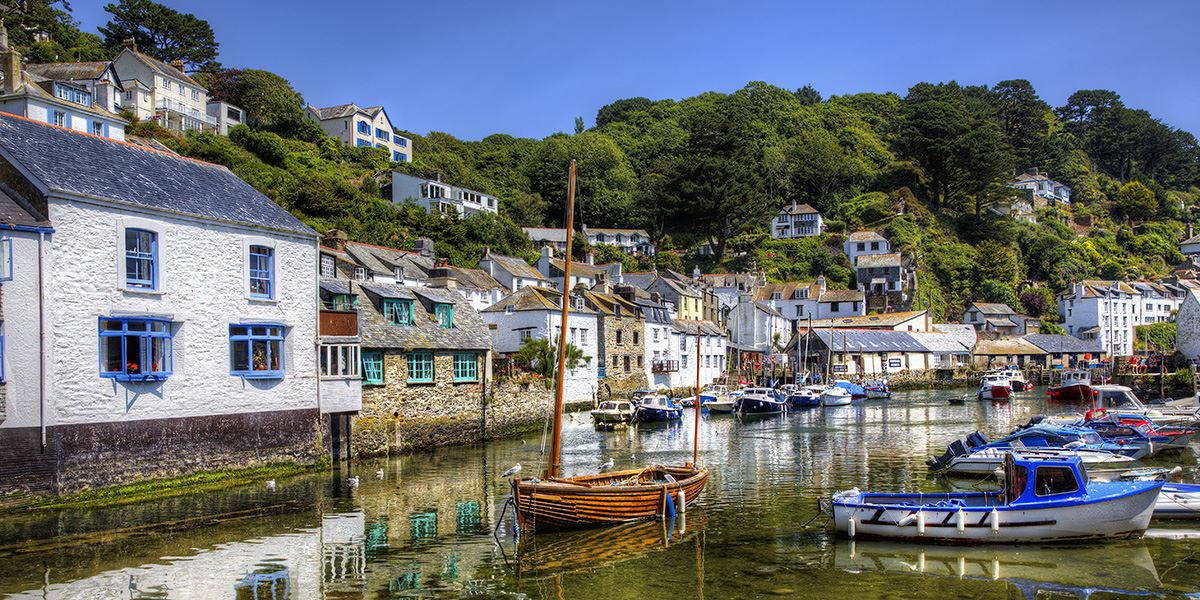
The fishing village of Polperro has a beautifully quaint harbour
Polperro, Cornwall
This famous picture-postcard fishing village, which is in an Area of Outstanding Beauty, is as quaint as they come – clusters of colourful cottages and narrow winding streets that lead down to a tiny harbour. Like many of Cornwall’s towns and villages, it has its own annual celebration. The Polperro Festival of Music and Arts in June is also based on traditions dating back centuries and celebrates the arrival of summer alongside the music and art scene.
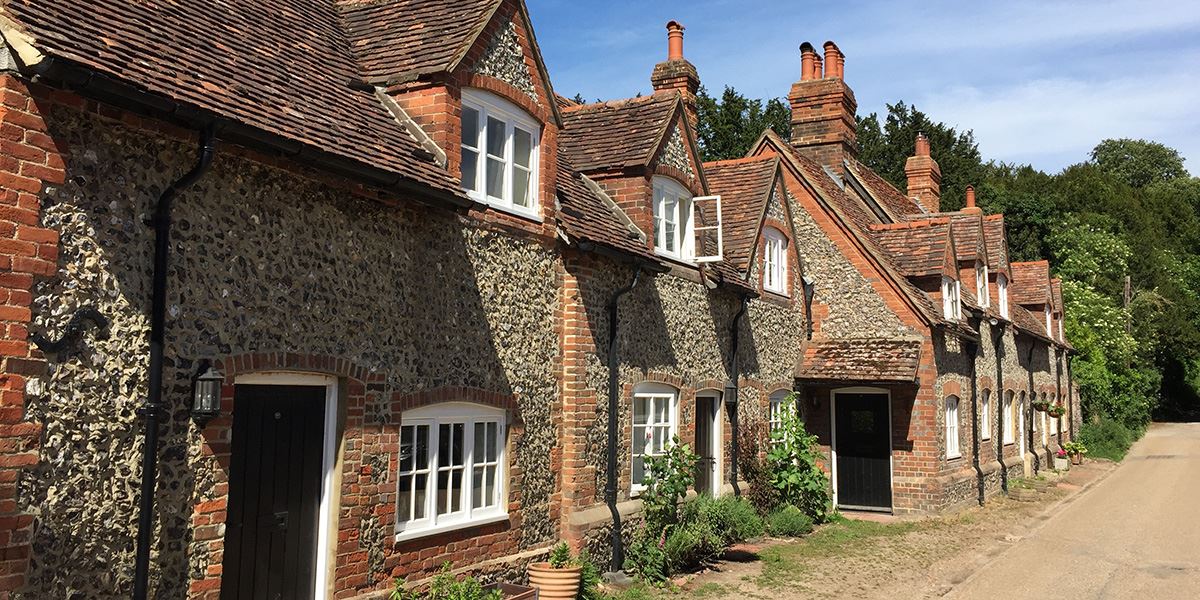
It’s easy to see why Hambleden has been used as location for several films
Hambleden, Buckinghamshire
Hambleden is one of its prettiest villages of cottages, in one of the most attractive valleys in the Chiltern Hills. Hambleden’s houses are mostly made of an eye-catching mix of brick and flint. The roofs of the houses are terracotta and they have white-painted leaded windows. The village has often been used as a film location, such as Chitty Chitty Bang Bang, Dance with a Stranger and the opening scenes of the 1998 remake of The Avengers starring Ralph Fiennes and also some scenes in 101 Dalmatians. Hambleden was also used in the Tim Burton film Sleepy Hollow, starring Johnny Depp.
Read more about Buckinghamshire
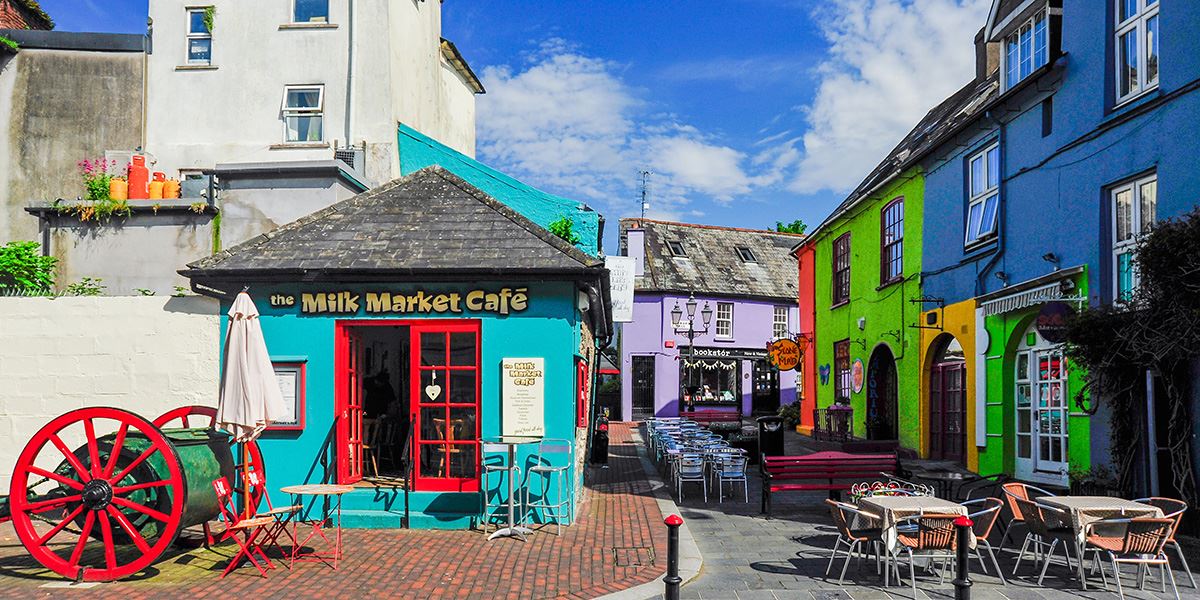
Kinsale is famous for its colourful buildings
Kinsale, County Cork
The seaside towns of Cork are renowned for their multi-coloured façades. As the sun sets on the Atlantic Ocean, it reflects back on villages like Kinsale. Kinsale’s quaint cobbled lanes and 19th-century architecture evoke the very essence of a smuggler’s enclave making it one of the most picturesque, popular and fashionable resorts of the south-west coast of Ireland. And as long as you have a plate of freshly-caught fish to eat, there is no greater happiness in the world.

Visit the magnificent ruin of Melrose Abbey
Melrose, Scottish Borders
The picturesque town of Melrose is located next to the Eildon Hills, the most distinctive single landmark in the Scottish Borders. At their feet in the valley of the Tweed lies Melrose. Ruined Melrose Abbey dates from 1136. A casket discovered believed to contain the heart of Robert the Bruce was marked by a re-burial ceremony and commemorative stone tablet. The house where novelist Sir Walter Scott lived is also here. The town is also the home of rugby sevens and takes on a carnival atmosphere when the Melrose Sevens happens in spring. The first tournament took place in 1883 and the event is now an action-packed international tournament.





